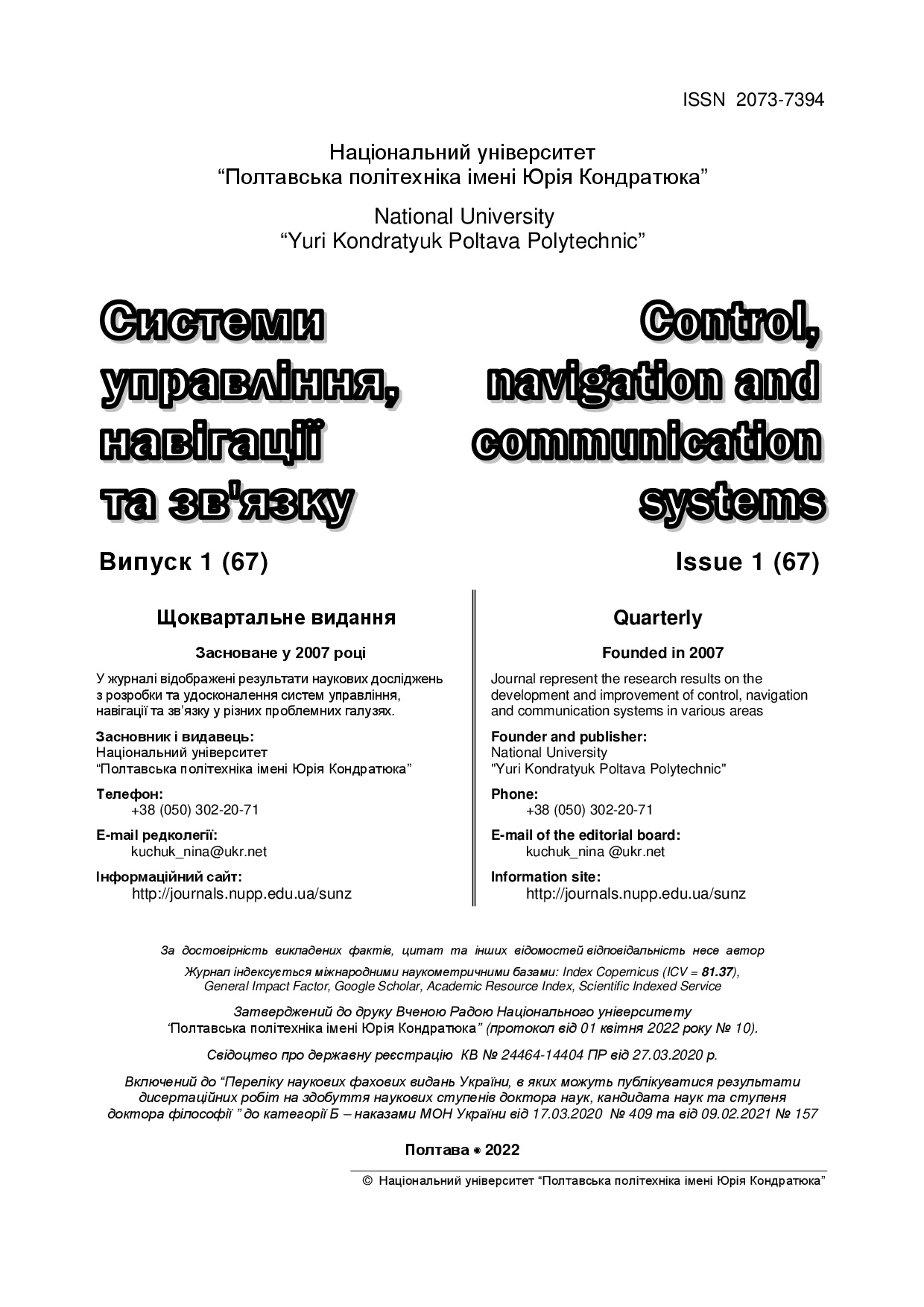ARCHITECTURE OF THE SYSTEM OF EXCHANGE OF MEDICAL DATA OF PATIENTS WITH DOCTORS ON THE BASIS OF IOTA
DOI:
https://doi.org/10.26906/SUNZ.2022.1.057Keywords:
directed acyclic graph, medical data exchange, distributed registry technology, Masked authenticated messagingAbstract
The exchange of medical information allows the electronic movement of medical data between different health information systems. Unlike traditional paper documents, electronic ones allow healthcare providers to access and share important medical information. However, existing health systems for the exchange of medical data have faced a number of issues, including confidentiality, security, and lack of patient control. Given all the above, it is proposed to use distributed registry technology, as it can dramatically change the way medical information is stored, providing secure ways to share data. The article discusses the technology of a distributed registry for the Internet of Things (IoT), called IOTA. Blockchain is already used in many healthcare systems as it addresses serious health and privacy issues. However, questions remain about the scalability and performance of the blockchain. IOTA solves these problems by using the DAG (directed acyclic graph) data structure, which allows you to add transactions in parallel. This reduces the time required to confirm transactions, and the number of transactions processed simultaneously can be unlimited. Masked Authenticated Messaging (MAM) allows you to securely transmit encrypted data streams as transactions. Therefore, the proposed system uses IOTA for the secure exchange of medical data. The process of creating and sending medical data to IOTA is illustrated by a specific example. The application of the IAM protocol on the example of transferring medical data from a patient to a doctor is considered.Downloads
References
HIMSS. Interoperability in Healthcare. Available at: https://www.himss.org/resources/interoperability-healthcare.
IBM. What is interoperability in healthcare? Available at: https://www.ibm.com/in-en/topics/interoperability-in-healthcare.
IOTA Beginners Guide. eHealth. Available at: https://iota-beginners-guide.com/use-cases/ehealth/.
Abdellatif, A. A., Samara, L., Mohamed, A., Erbad, A., Chiasserini, C. F., Guizani, M., O’Connor, M. D., Laughton, J.(2021). MEdge-chain: leveraging edge computing and blockchain for efficient medical data exchange. IEEE Internet of Things Journal, pp 15762-15775. doi: 10.1109/JIOT.2021.3052910.
Akkaoui, R., Hei, X., Cheng, W. (2020). EdgeMediChain: A Hybrid Edge Blockchain-Based Framework for Health Data Exchange. IEEE Access, 8, pp 113467-113486. doi: 10.1109/ACCESS.2020.3003575.
Pournaghi, S. M., Bayat, M., Farjami, Y. (2020). MedSBA: a novel and secure scheme to share medical data based on blockchain technology and attribute-based encryption. Journal of Ambient Intelligence and Humanized Computing, 11(5). doi: 10.1007/s12652-020-01710-y.
Cisneros, B., Ye, J., Park, C. H., Kim, Y. (2021). CoviReader: Using IOTA and QR Code Technology to Control Epidemic Diseases across the US. 2021 IEEE 11th Annual Computing and Communication Workshop and Conference (CCWC). doi: 10.1109/CCWC51732.2021.9376093.
Abdullah, S., Arshad, J., Khan, M. M., Alazab, M., Salah, K. (2022). PRISED tangle: a privacy-aware framework for smart healthcare data sharing using IOTA tangle. Complex & Intelligent Systems. doi: 10.1007/s40747-021-00610-8.
Hawig, D., Zhou, C., Fuhrhop, S., Fialho A. S., Ramachandran, N. (2019). Designing a distributed ledger technology system for interoperable and general data protection regulation–compliant health data exchange: a use case in blood glucose data. Journal of Medical Internet Research, 21 (6), pp. e13665. doi: 10.2196/13665.
Zheng, X., Sun, S., Mukkamala, R. R., Vatrapu, R., Ordieres-Meré, J. (2019). Accelerating Health Data Sharing: A Solution Based on the Internet of Things and Distributed Ledger Technologies. Journal of Medical Internet Research, 21(6), p 13583. doi: 10.2196/13583.
Wang, M., Guo, Y., Zhang, C., Wang, C., Huang, H., Jia, X. (2021). MedShare: A Privacy-Preserving Medical Data Sharing System by Using Blockchain. IEEE Transactions on Services Computing. doi: 10.1109/TSC.2021.3114719.
Brogan, J., Baskaran, I., Ramachandrana, N. (2018). Authenticating health activity data using distributed ledger technologies, Comput Struct Biotechnol J., 16, pp 257-266. doi: 10.1016/j.csbj.2018.06.004.
Ключка Я. О., Шматко О. В. Порівняння технології блокчейн і спрямованого ациклічного графа при зберіганні і обробці даних в розподіленому реєстрі. Вісник Національного технічного університету «ХПІ». Серія: Системний аналіз, управління та інформаційні технології. 2020. № 1 (3). С. 106-116. doi: 10.20998/2079-0023.2020.01.18.
Gangwani, P., Perez-Pons, A., Bhardwaj, T., Upadhyay, H., Joshi, S., Lagos, L. (2021). Securing Environmental IoT Data Using Masked Authentication Messaging Protocol in a DAG-Based Blockchain: IOTA Tangle, Future Internet, 13 (12). doi: 10.3390/fi13120312.
ABmushi. (2018). IOTA: MAM Eloquently Explained. Available at: https://medium.com/coinmonks/iota-mam-eloquentlyexplained-d7505863b413.
1OTA Foundation Blog. Introducing Masked Authenticated Messaging. Available at: https://blog.iota.org/introducingmasked-authenticated-messaging-e55c1822d50e/.




